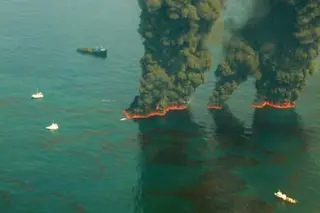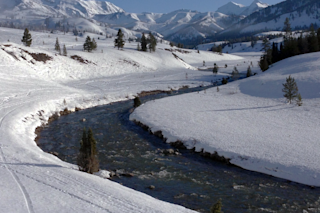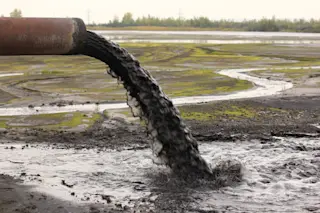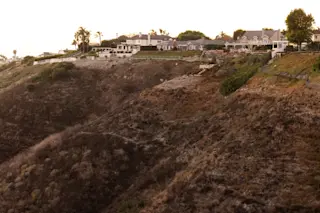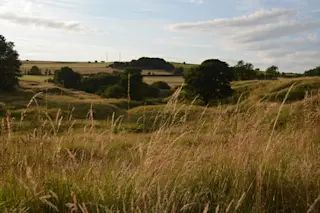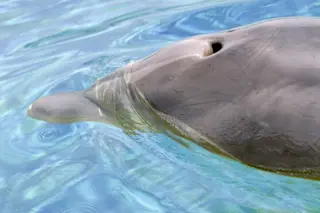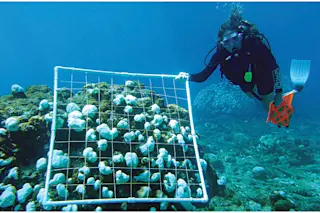According to the calendar, summer officially ends this week. But unofficially, it ended over the weekend: BP's leaking oil well, which cast a gooey black malaise over the last five months, is finally dead.
Crews pumped in cement Friday to plug the well nearly 2.5 miles below the sea floor. The mixture had hardened by Saturday, and a pressure test completed early yesterday confirmed that the plug would hold. [Boston Globe]
Now it time for cleanup, lawsuits, and a whole lot of unanswered questions, including: Will we drill again?Offshore oil drilling will go on, eventually. But the ongoing fallout from the BP disaster means that when drilling resumes, oil companies will have to figure out not only how to do it more safely, but also how to convince the public they're doing it more safely.
Those concerns, along with questions about safety, led to a U.S. moratorium on deep-water drilling ...


